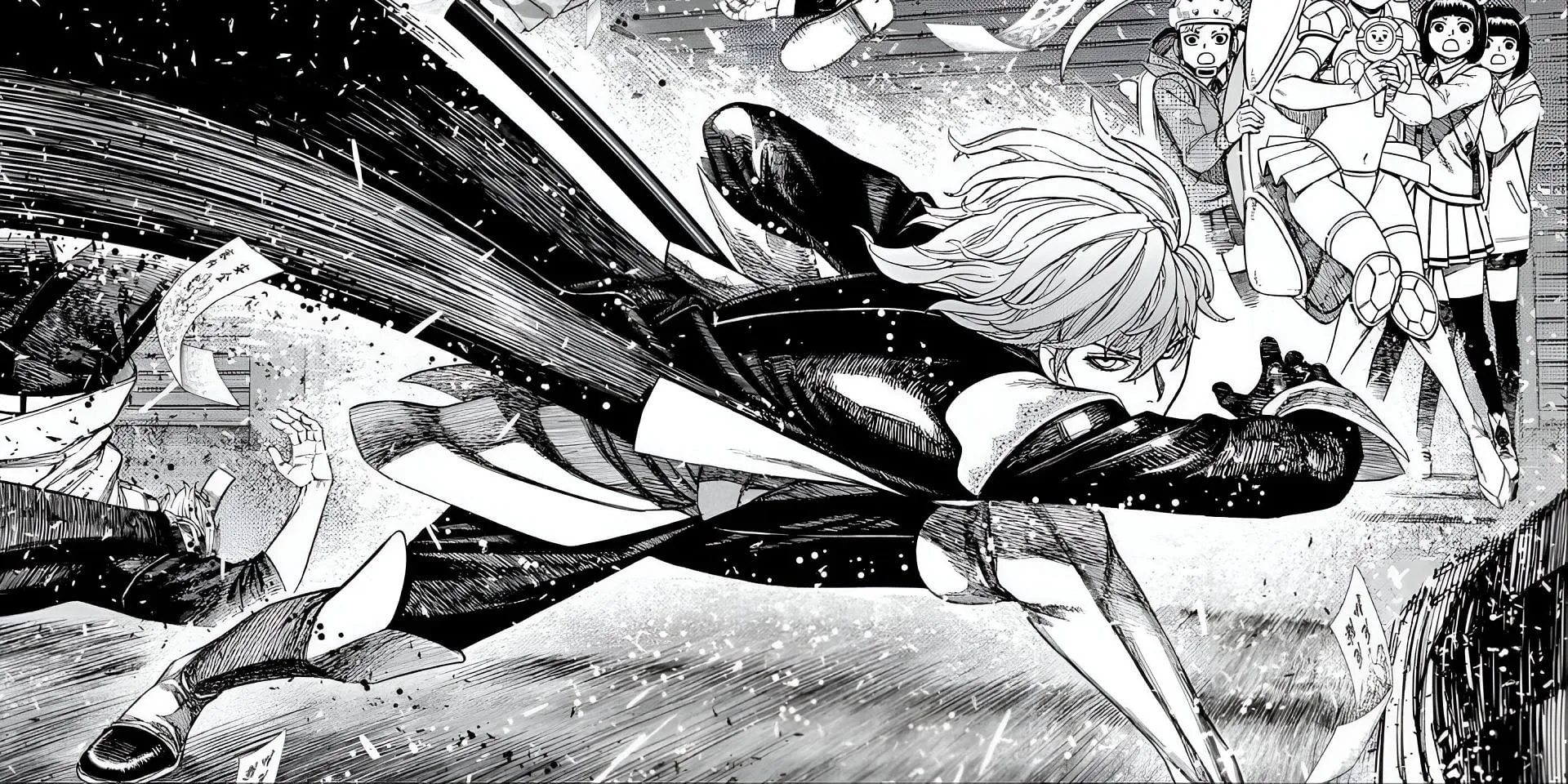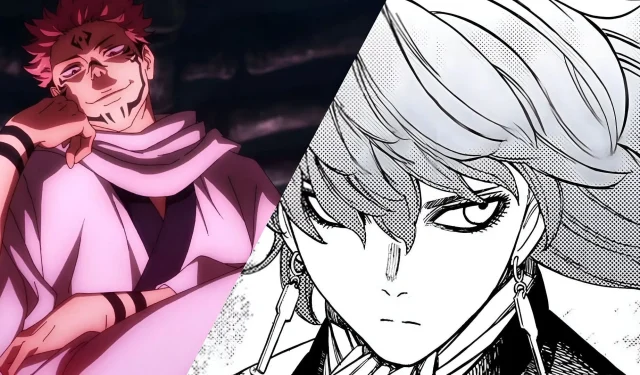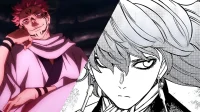In the realm of supernatural manga, Dandadan stands out for its intricate power dynamics and morally ambiguous villains, paralleling the acclaimed Jujutsu Kaisen. Both series distinguish themselves through unique narrative techniques, yet they delve into similar thematic territories, enriching their respective storylines with depth and complexity.
The unfolding plot of Dandadan prominently features a betrayal orchestrated by Adachi against Murakami, reflecting the ancient kodoku ritual—a theme that resonates in Jujutsu Kaisen with Sukuna’s bath, guided by Uraume. These parallels underscore a profound link to traditional Japanese folklore, which continues to influence modern storytelling in supernatural manga.
Note: The analysis presented in this article represents the author’s speculative insights.
Exploring the Kodoku Ritual: Power and Betrayal in Dandadan and Jujutsu Kaisen
In Dandadan, the enigmatic Count of St. Germain is presumed to be engineering a strategy reminiscent of the kodoku formula, which involves gathering formidable entities that then battle each other in a struggle for supremacy. The traditional Japanese ritual necessitated placing venomous creatures in a confined space where they would combat until a singular survivor emerged, ultimately evolving into a potent curse or poison.

Adachi’s unexpected treachery against Murakami adds another layer to the Count’s strategy; the so-called allies are mere pawns in a kodoku scenario, leading to a systematic self-destruction among themselves, leaving only one survivor with amassed powers. This motif deeply resonates with the Bath ritual in Jujutsu Kaisen, which initially transformed family heirlooms into cursed artifacts through a ten-month process steeped in kodoku methodology.
Uraume adapted this ritual for Sukuna, utilizing cursed spirits instead of actual creatures to create a solution that granted Sukuna control over Megumi’s soul. This process establishes a clear connection: both rituals exploit the systematic annihilation of supernatural entities to harness concentrated power for a singular manipulative entity.
Folklore’s Influence: The Battle for Power in Dandadan and Jujutsu Kaisen
The compelling nature of these connections is found in how both series reinterpret the same folklore, albeit in differing manners. In Jujutsu Kaisen, the Bath explicitly references kodoku, portraying Sukuna’s attempt to dominate Megumi’s existence.
Conversely, Dandadan adopts a subtler approach, creating a game of power accumulation where the orchestrator pulls strings from the shadows, allowing participants to eliminate one another before claiming the ultimate prize. Both antagonists—Sukuna and the Count—embody the patient and strategic mindset needed to execute such elaborate schemes, willing to bide their time for substantial power advantages.
Conclusion: The Enduring Legacy of Kodoku in Modern Manga
Contemporary manga like Dandadan and Jujutsu Kaisen adeptly incorporate kodoku, exemplifying how traditional Japanese folklore is revitalized through innovative storytelling. Despite their varying takes within the supernatural genre, both manga share a unifying thread of exploring human fears and desires through haunting narratives.
These villains recognize that their greatest strength lies in subtle manipulation, orchestrating the downfall of others before seizing their rewards. As these series progress, they offer readers a unique lens through which to appreciate the cultural underpinnings that shape manga storytelling, illustrating that age-old human anxieties remain relevant in modern tales of curses and conflicts involving otherworldly beings.


